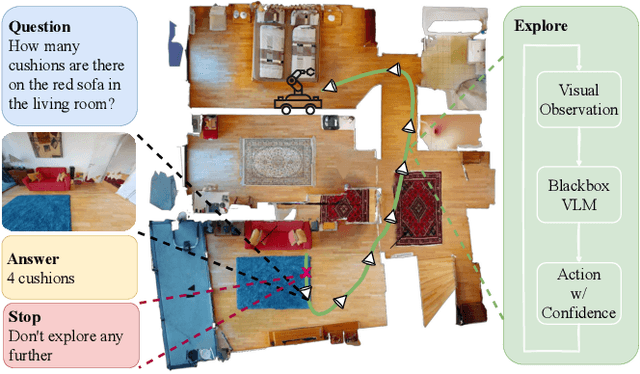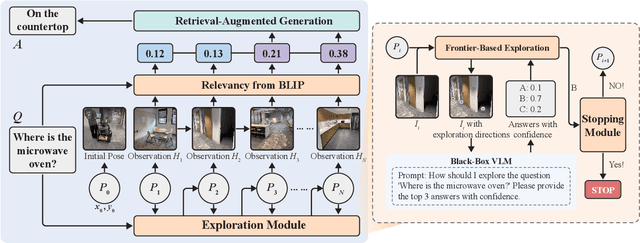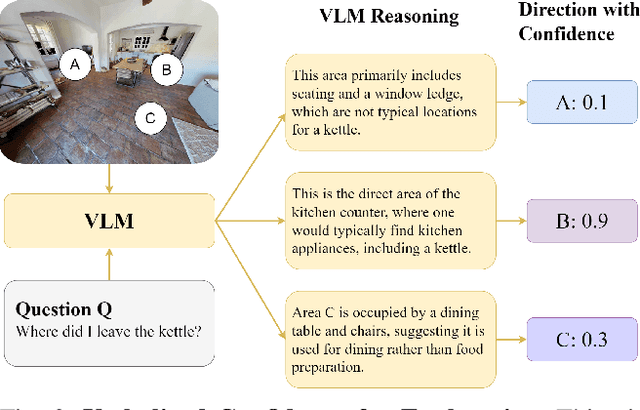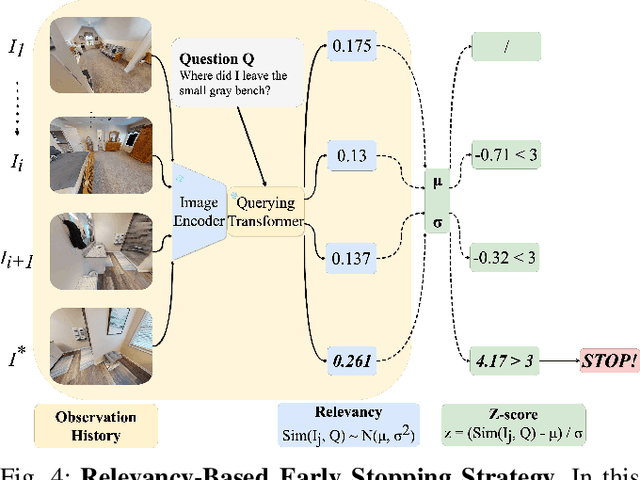Zhengyuan Li
Purdue University, West Lafayette, IN, USA
MDD: A Dataset for Text-and-Music Conditioned Duet Dance Generation
Aug 23, 2025Abstract:We introduce Multimodal DuetDance (MDD), a diverse multimodal benchmark dataset designed for text-controlled and music-conditioned 3D duet dance motion generation. Our dataset comprises 620 minutes of high-quality motion capture data performed by professional dancers, synchronized with music, and detailed with over 10K fine-grained natural language descriptions. The annotations capture a rich movement vocabulary, detailing spatial relationships, body movements, and rhythm, making MDD the first dataset to seamlessly integrate human motions, music, and text for duet dance generation. We introduce two novel tasks supported by our dataset: (1) Text-to-Duet, where given music and a textual prompt, both the leader and follower dance motion are generated (2) Text-to-Dance Accompaniment, where given music, textual prompt, and the leader's motion, the follower's motion is generated in a cohesive, text-aligned manner. We include baseline evaluations on both tasks to support future research.
EfficientEQA: An Efficient Approach for Open Vocabulary Embodied Question Answering
Oct 26, 2024



Abstract:Embodied Question Answering (EQA) is an essential yet challenging task for robotic home assistants. Recent studies have shown that large vision-language models (VLMs) can be effectively utilized for EQA, but existing works either focus on video-based question answering without embodied exploration or rely on closed-form choice sets. In real-world scenarios, a robotic agent must efficiently explore and accurately answer questions in open-vocabulary settings. To address these challenges, we propose a novel framework called EfficientEQA for open-vocabulary EQA, which enables efficient exploration and accurate answering. In EfficientEQA, the robot actively explores unknown environments using Semantic-Value-Weighted Frontier Exploration, a strategy that prioritizes exploration based on semantic importance provided by calibrated confidence from black-box VLMs to quickly gather relevant information. To generate accurate answers, we employ Retrieval-Augmented Generation (RAG), which utilizes BLIP to retrieve useful images from accumulated observations and VLM reasoning to produce responses without relying on predefined answer choices. Additionally, we detect observations that are highly relevant to the question as outliers, allowing the robot to determine when it has sufficient information to stop exploring and provide an answer. Experimental results demonstrate the effectiveness of our approach, showing an improvement in answering accuracy by over 15% and efficiency, measured in running steps, by over 20% compared to state-of-the-art methods.
Practical Region-level Attack against Segment Anything Models
Apr 12, 2024



Abstract:Segment Anything Models (SAM) have made significant advancements in image segmentation, allowing users to segment target portions of an image with a single click (i.e., user prompt). Given its broad applications, the robustness of SAM against adversarial attacks is a critical concern. While recent works have explored adversarial attacks against a pre-defined prompt/click, their threat model is not yet realistic: (1) they often assume the user-click position is known to the attacker (point-based attack), and (2) they often operate under a white-box setting with limited transferability. In this paper, we propose a more practical region-level attack where attackers do not need to know the precise user prompt. The attack remains effective as the user clicks on any point on the target object in the image, hiding the object from SAM. Also, by adapting a spectrum transformation method, we make the attack more transferable under a black-box setting. Both control experiments and testing against real-world SAM services confirm its effectiveness.
InterDiff: Generating 3D Human-Object Interactions with Physics-Informed Diffusion
Aug 31, 2023Abstract:This paper addresses a novel task of anticipating 3D human-object interactions (HOIs). Most existing research on HOI synthesis lacks comprehensive whole-body interactions with dynamic objects, e.g., often limited to manipulating small or static objects. Our task is significantly more challenging, as it requires modeling dynamic objects with various shapes, capturing whole-body motion, and ensuring physically valid interactions. To this end, we propose InterDiff, a framework comprising two key steps: (i) interaction diffusion, where we leverage a diffusion model to encode the distribution of future human-object interactions; (ii) interaction correction, where we introduce a physics-informed predictor to correct denoised HOIs in a diffusion step. Our key insight is to inject prior knowledge that the interactions under reference with respect to contact points follow a simple pattern and are easily predictable. Experiments on multiple human-object interaction datasets demonstrate the effectiveness of our method for this task, capable of producing realistic, vivid, and remarkably long-term 3D HOI predictions.
 Add to Chrome
Add to Chrome Add to Firefox
Add to Firefox Add to Edge
Add to Edge